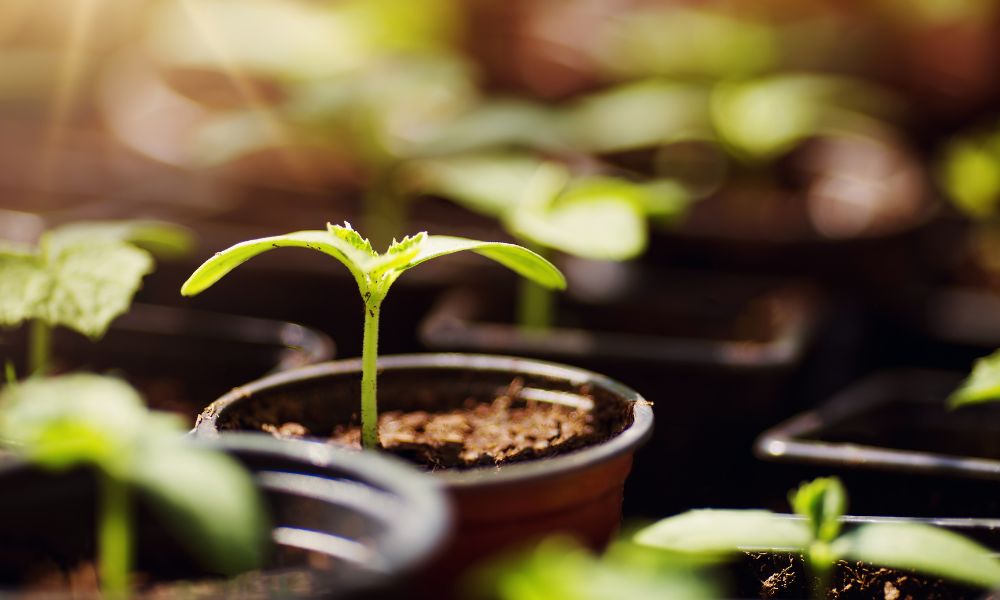Have you always wanted a real greenhouse to nurture plants and develop your green thumb? Before you build your own greenhouse, there are some important things to consider. We’ll explain some of these considerations and offer some guidance below.
Attached vs. Separate Structure
The first decision to make when planning a greenhouse is whether it’ll be attached to a home or existing building or stand as a separate structure. Each choice has its advantages. A freestanding structure gives the builder more freedom and makes it easier to find the ideal orientation and proportions.
But an attached greenhouse has benefits too. For one, attached greenhouses are typically more affordable and will take up less space, which is great for those with a limited area to work within. If you can build an attached greenhouse with enough space and light, there are many reasons to consider choosing that option.
Orientation Toward the Sun
Another thing to consider when building your own greenhouse, aside from the location, is its orientation regarding the sun. Obviously, a greenhouse should be positioned to receive the most sunlight possible to trap heat and humidity better.
If you’re constructing an attached greenhouse, you’ll be limited regarding orientation, but if you’re building a detached greenhouse, you’ll want to keep the sun’s path in mind during planning. The best orientation for your greenhouse depends primarily on your location’s sun trajectory, so be sure to do some research before finalizing your greenhouse’s placement.
Proportions of the Greenhouse
Another key factor in building a successful greenhouse is its proportions. Again, attached greenhouses are limited in this regard, but it’s not too difficult to create an attached greenhouse with the right proportions.
The best way to create a greenhouse that maximizes sun exposure and traps heat is by using a long, narrow structure—typically, a 1:3 width-to-length ratio is ideal. Also, remember that the larger a greenhouse is, the easier it is for plants to grow because it has much more stable temperatures than a smaller structure.
Structural Materials
Builders will need to consider the materials of the greenhouse. Some common materials used for greenhouse framework and walls include aluminum, pressure-treated wood, and fiberglass.
There is also a growing trend that involves builders using open top shipping containers as greenhouses. There are many benefits to using a shipping container as a greenhouse structure since it comes pre-assembled, has similar proportions to an ideal greenhouse, and can be much more affordable than building from scratch.
If you keep these considerations in mind, we’re sure you’ll be able to create a quality greenhouse bursting with life!










